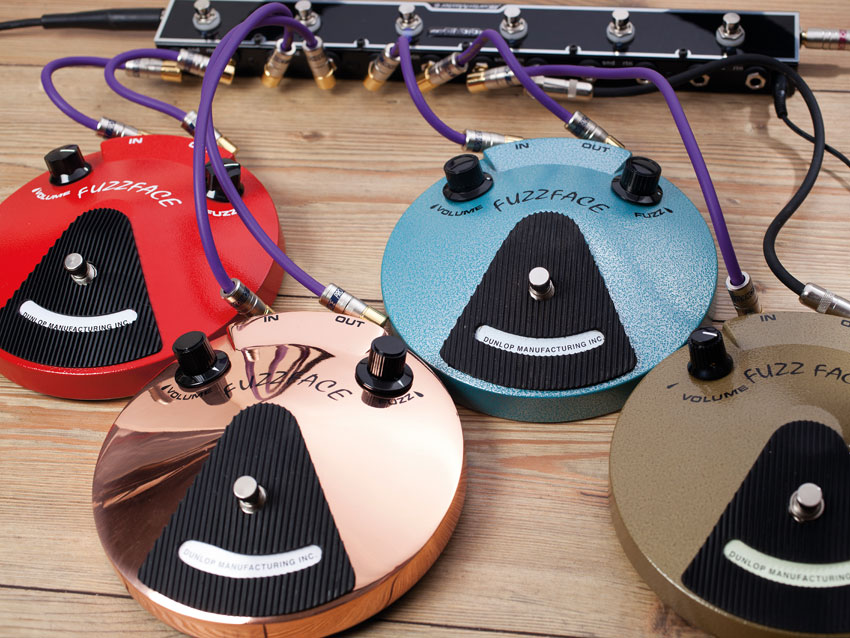Fuzz Faces explained
Arbiter? Germanium? Silicone? We unravel the jargon behind the pedal
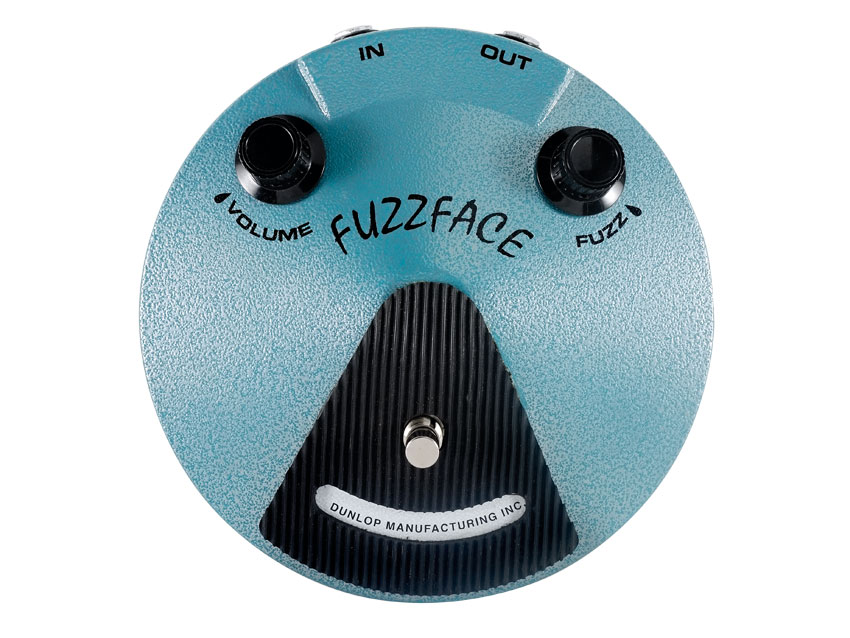
What is a Fuzz Face, exactly?
Germanium or silicon? Dallas-Arbiter or Dunlop? How's it different to a Big Muff Pi? For a pedal that's so simple, fun and effective in use, the famous Fuzz Face can get awfully confusing when it comes down to explaining the jargon. Fortunately, our sister magazine, Guitarist, has put together this guide to help you avoid further fuzz-fusion. Let's start with the obvious question...
What is a Fuzz Face, exactly?
The big, almost-round guitar effects pedal first built by Arbiter of England in 1966, and descended from the seminal Maestro Fuzz-Tone. Denis Cornell (designer for Dallas Music Industries in the late 1960s) explains more:
“The circuit is what they call a Schmitt-Trigger - it’s designed to put an AC signal in and get a square wave out. It kind of ‘triggers’, which is why at very low sensitivities it can’t make up its mind!”
They’re big and round for purely aesthetic reasons, reputedly inspired by the base of a mic stand. The circuit will fit in a much smaller box - there are plenty of small-box FF-clones.
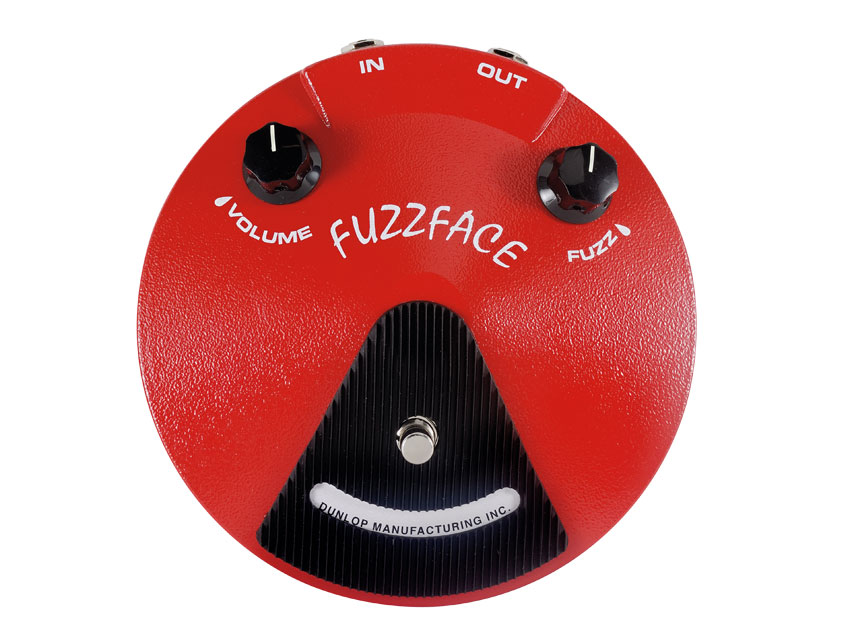
Arbiter, Dallas-Arbiter, Dunlop?
The text in the ‘smile’ reveals the pedal’s age. The earliest ones were ‘Arbiter-England’, then they became ‘Dallas-Arbiter England’ some time in 1968. Since then there have been a variety of words in the smile. Today, both the Dallas Arbiter and Fuzz Face trademarks are owned by Dunlop Manufacturing Inc.
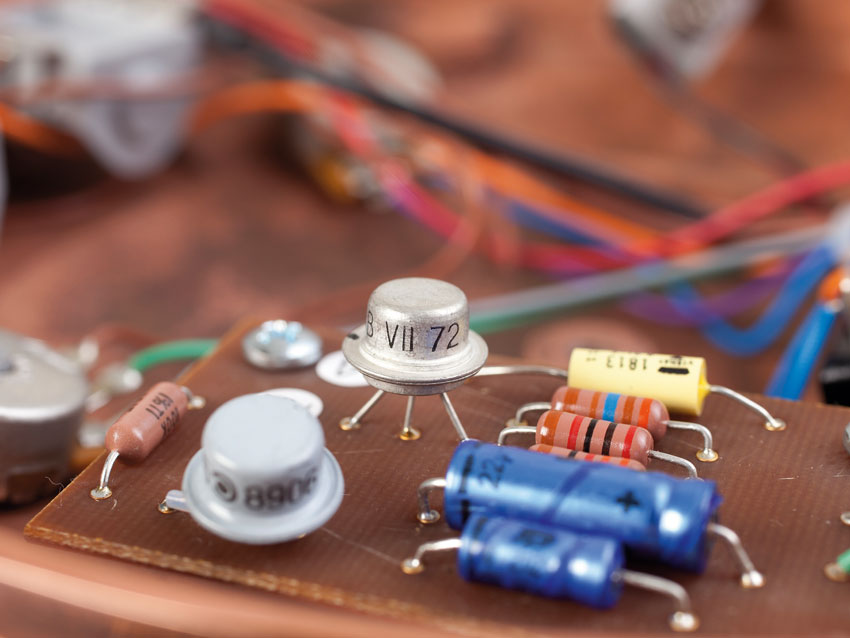
Germanium or silicon transistors?
Denis Cornell: “They all worked in a very similar way and all did the job, but they did give a slightly different tone. I think the ‘Arbiter-England’ one didn’t use the [fabled] NKT275 germanium transistor; in those days we used the AC128 [PNP germanium transistors].
"There were always problems with them, so I’d get involved in testing and repairing because they just didn’t all work right!”
Later came NPN silicon transistors as they were less expensive and more stable, although sounded somewhat more harsh.
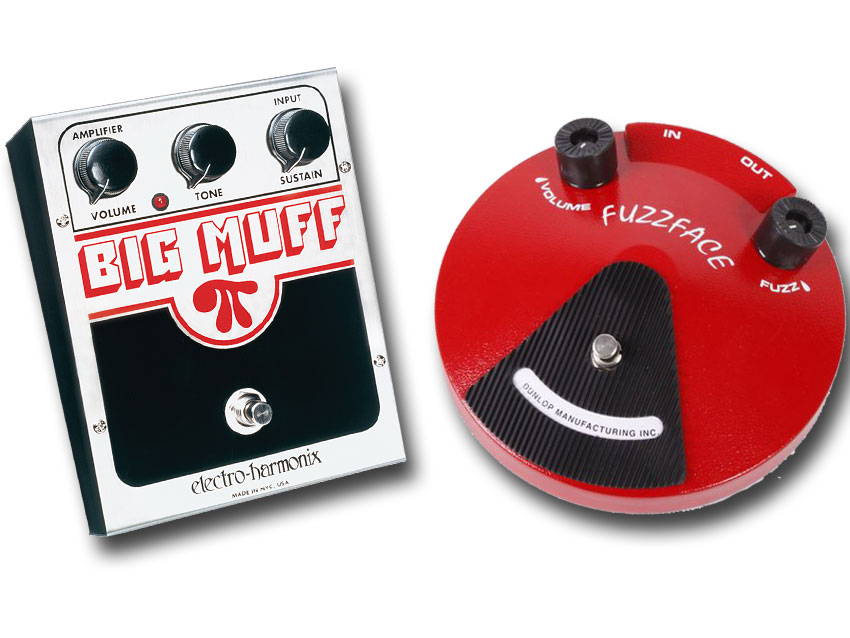
What's the difference between a Fuzz Face and a Big Muff Pi?
Electro-Harmonix Big Muffs have varied as much as Fuzz Faces over the years. However, the Big Muff Pi has a more complex circuit, sounds smoother across the frequency spectrum and many would say is ‘easier’ to use. Fuzz Face, think Hendrix’s Purple Haze; Big Muff Pi, think The Isley Brothers’ That Lady.
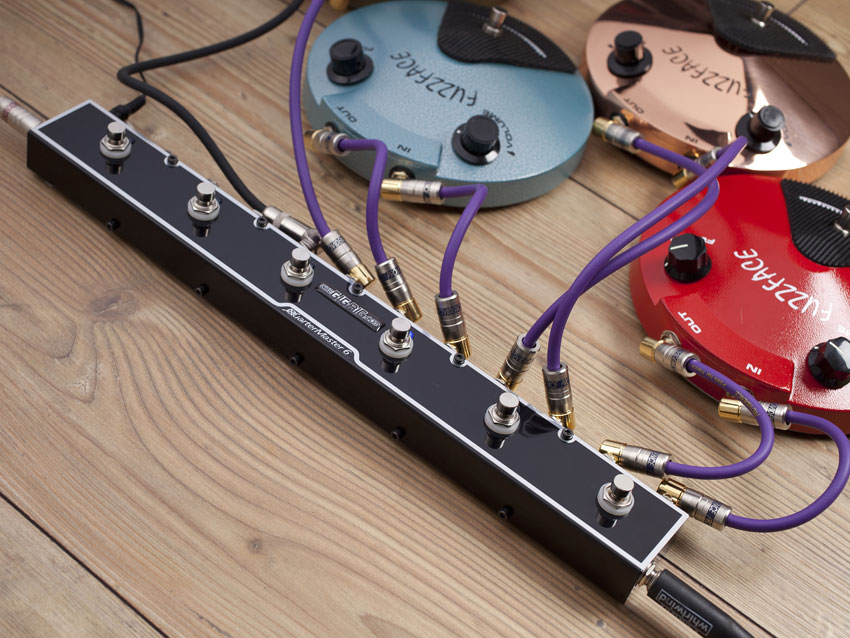
Why are they so fussy about pedalboard positioning?
The Fuzz Face has a very low input impedance - one reason they clean up so well when you roll your guitar’s volume down - especially with single coils. They tend not to cope well being hit by other pedals - put a wah before your Fuzz Face and see what we mean!
There are plenty of online forums that will get into the physics - the simple, practical advice is to put your Fuzz Face first in your signal chain.

Which one did Hendrix use?
Roger Mayer [who modded Fuzz Faces and built other effects for Jimi Hendrix]:
“Jimi said to me, ‘Well, what do you think of these, Roger?’ No two of them are exactly the same, so I looked at the circuitry and did a bit of analysis. The actual configuration of the circuit just about works, but it has many electronic pitfalls. They were still germanium-only at the beginning of 1967, but I reckon that by about mid-’67 they were on to silicon; by Axis: Bold As Love they were silicon.”
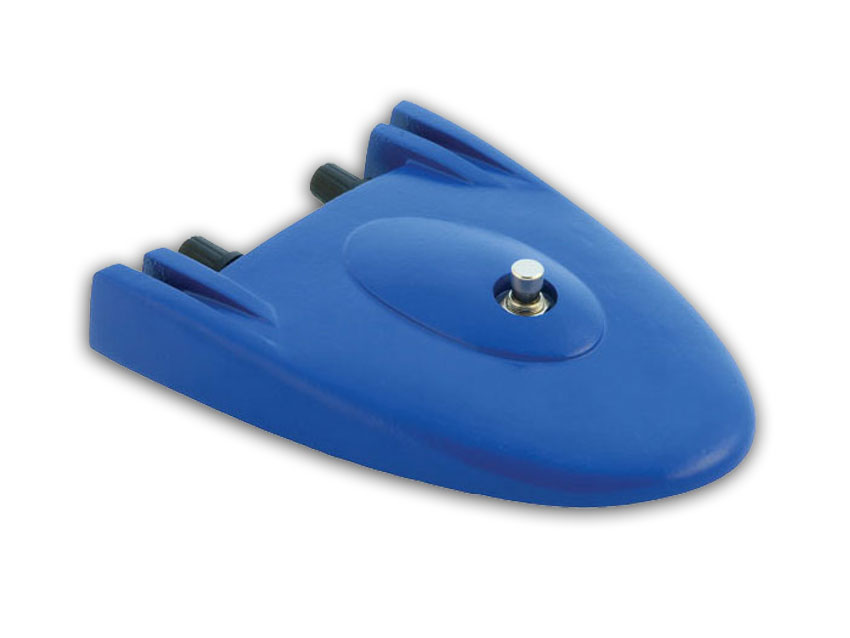
And all the other fuzzes?
Yep, everyone makes a fuzz pedal, from the cheapo Far Eastern brands right up to boutique offerings from Fulltone, Analogman, Roger Mayer and more.
The rule of thumb is that the more you try to ‘fix’ the idiosyncrasies and inconsistencies in the classic Fuzz Face circuit, the less it sounds like one... which can be a good or a bad thing, depending on your tastes.
